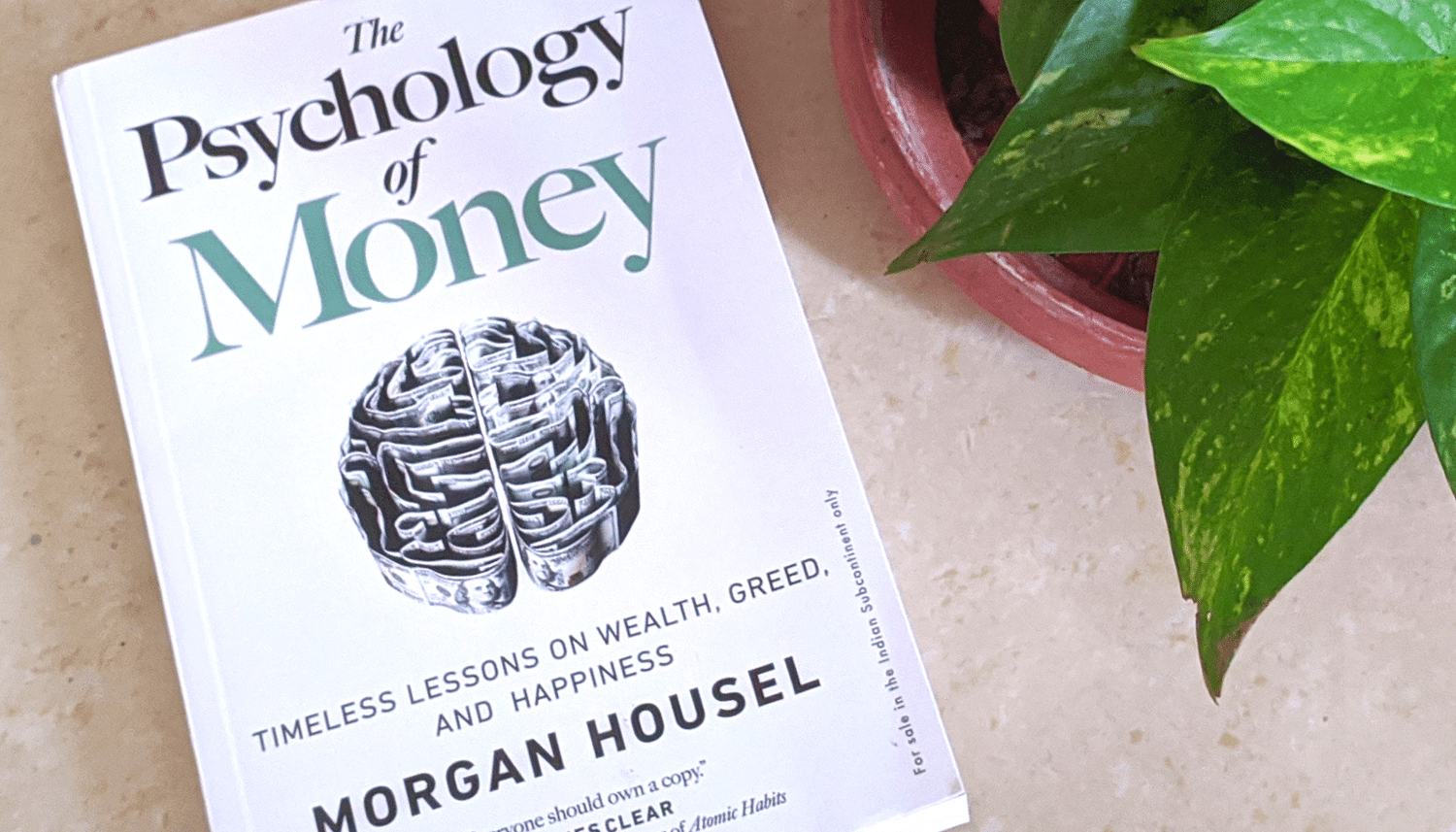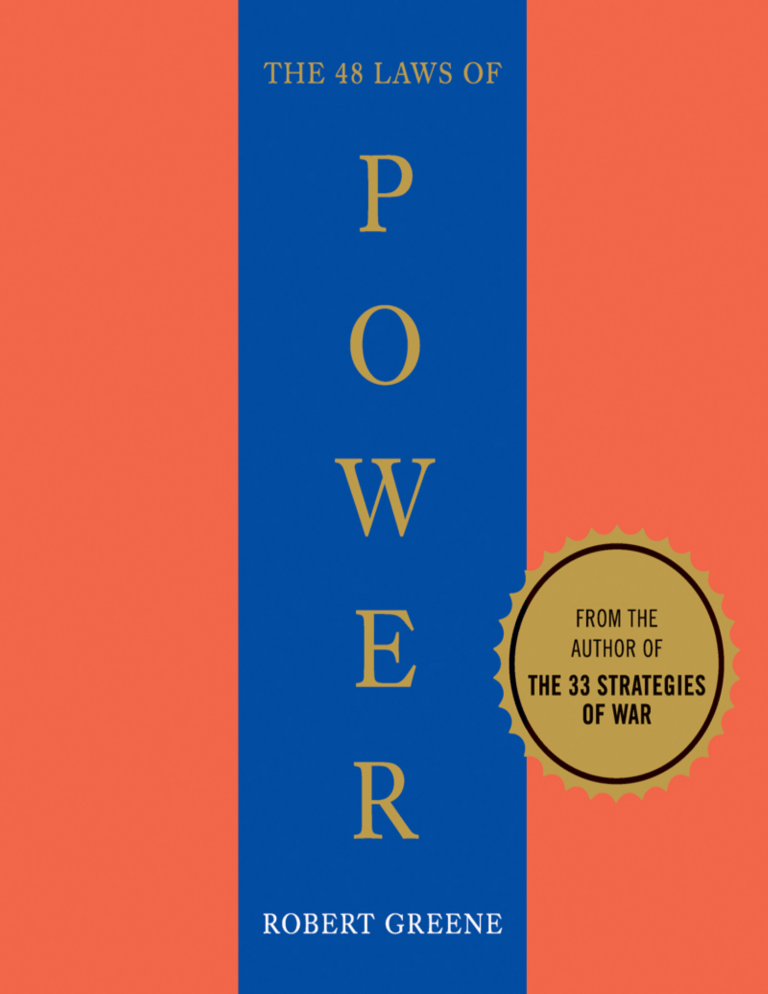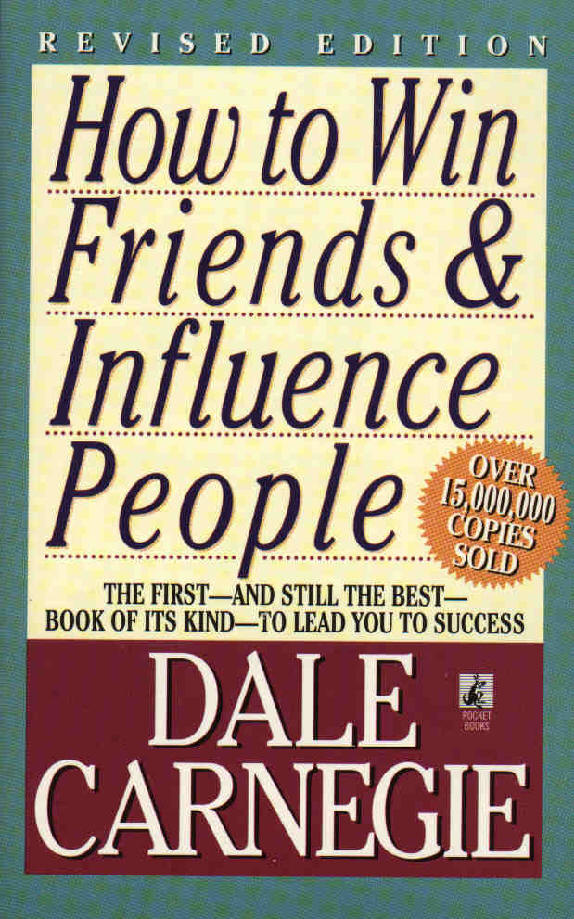Table of Contents
The Body Keeps the Score book summary takes a deep dive into the book “The Body Keeps the Score: Brain, Mind, and Body in the Healing of Trauma” by Bessel van der Kolk which explores the impact of trauma on the human brain, mind, and body.
The book highlights the limitations of traditional talk therapy in treating trauma and presents a range of innovative therapeutic approaches that emphasize the importance of reconnecting with the body.
In this free book summary of the book, we take a look in the book, divided by its major themes:
“The greatest sources of our suffering are the lies we tell ourselves.”
The Impact of Trauma

- Trauma is not just a story about something that happened in the past.
It is a deeply ingrained experience that continues to affect the nervous system and the body’s stress response system. Trauma can manifest in intrusive re-experiencing of the event (flashbacks, nightmares), persistent avoidance of reminders of the trauma, and increased arousal (insomnia, hypervigilance, irritability).
- Trauma changes the way the brain processes information.
During flashbacks, the right hemisphere of the brain, which processes sensory information and emotions, becomes highly activated, while the left hemisphere, responsible for language and logical thinking, shuts down. This explains why traumatized individuals often struggle to articulate their experiences verbally.
- Trauma affects the body’s ability to regulate itself.
The stress response system, which is designed to protect us in dangerous situations, can become dysregulated in trauma survivors. This leads to a state of chronic hyperarousal, making it difficult to relax and feel safe.
- Trauma impacts social connections.
Traumatized individuals may have difficulty forming and maintaining healthy relationships due to their inability to trust others and regulate their emotions. They may also experience intense feelings of shame and self-loathing, making it challenging to connect with others.
Limitations of Traditional Talk Therapy
- Traditional talk therapy, while helpful for some, can be inadequate for treating trauma.
Focusing solely on the narrative of the traumatic event often fails to address the underlying physiological and emotional responses that continue to plague survivors.
- Reliance on medication alone is insufficient to address the complexities of trauma.
While medication can help manage symptoms, it does not heal the underlying trauma or help individuals reclaim a sense of agency and control over their lives.
“Silence = Death.” Silence about trauma also leads to death—the death of the soul. Silence reinforces the godforsaken isolation of trauma.”
Innovative Therapeutic Approaches
- A holistic approach to trauma treatment is crucial.
This involves addressing the mind, brain, and body connection. Therapies that emphasize mindful embodiment and reconnection with physical sensations can be highly effective.
- Mindfulness practices, such as yoga and meditation, can help regulate the nervous system and calm the stress response.
By focusing on the breath and bodily sensations, individuals can learn to manage their arousal levels and develop a sense of self-regulation.
- EMDR (Eye Movement Desensitization and Reprocessing) can help reprocess traumatic memories, allowing individuals to experience them without being overwhelmed by the associated emotions and sensations.
EMDR may facilitate the integration of traumatic memories into a coherent narrative and reduce their emotional intensity.
- Internal Family Systems (IFS) therapy helps individuals identify and work with different parts of themselves that emerged as coping mechanisms in response to trauma.
IFS aims to restore a sense of self-leadership and compassion, allowing individuals to integrate and heal from their traumatic experiences.
- Neurofeedback can be utilized to train the brain to regulate its activity, addressing issues such as hyperarousal and emotional dysregulation.
By providing feedback on brainwave patterns, individuals can learn to modify their brain activity and improve their ability to self-regulate.
- Communal rhythms and theater can provide a safe and structured environment for individuals to express themselves, connect with others, and reclaim their voices.
By engaging in creative expression and collective experiences, trauma survivors can begin to heal and reconnect with their sense of agency and belonging.
Redefining Trauma: Developmental Trauma Disorder
Van der Kolk proposes a new diagnosis, Developmental Trauma Disorder, to capture the complexities of chronic childhood trauma.
This diagnosis recognizes the wide range of symptoms that result from early adversity, including emotional dysregulation, relationship difficulties, and physical health problems.
“Discovering your Self in language is always an epiphany, even if finding the words to describe your inner reality can be an agonizing process.”
Key Principles of Trauma Recovery

- Recovery from trauma is a journey, not a destination.
It involves gradually reclaiming ownership of your body and mind, learning to manage your emotional responses, and building a sense of safety and connection.
- There is no one-size-fits-all approach to trauma treatment.
The most effective approach will vary depending on the individual’s specific needs and circumstances.
- Trauma recovery requires a supportive and understanding community.
Connecting with others who have had similar experiences can provide validation, hope, and a sense of belonging.
A Call to Action: Addressing Trauma as a Public Health Issue
Van der Kolk emphasizes the urgency of addressing trauma as a major public health issue. He highlights the staggering prevalence of trauma in society, particularly in the lives of children, and calls for a collective effort to prevent and treat trauma effectively.
The book offers a compelling exploration of the impact of trauma and a roadmap for healing and recovery, highlighting the need for innovative and compassionate approaches that acknowledge the profound connection between the mind, brain, and body.
“Athletics, playing music, dancing, and theatrical performances all promote agency and community. They also engage kids in novel challenges and unaccustomed roles.”
An illustrative story is told of Annie, a patient discussed in “Rewiring the Brain: Neuroscience and the Treatment of Trauma”.
Annie’s journey illustrates the profound impact of trauma on the body and the potential for healing through mindful embodiment practices like yoga.
Annie, a 47-year-old special-needs teacher, suffered from severe childhood abuse that left her with debilitating anxiety, self-harm tendencies, and an inability to connect with others. Traditional therapy and medication had provided limited relief.
When Annie first came to see van der Kolk, she was visibly terrified and unable to engage in conversation. She communicated primarily through writing and drawings, revealing a history of horrific abuse by both parents. Annie had learned to cope with the overwhelming emotional pain by dissociating from her body, effectively making her mind disappear when confronted with difficult situations.
Van der Kolk recognized that Annie needed to reconnect with her body to heal from the trauma that was trapped inside. He suggested yoga, knowing that mindfulness practices can help regulate the nervous system and calm the stress response.
Annie was initially resistant to yoga, recognizing that it terrified her because it required looking inward and listening to her body—things she had learned to avoid to survive. But, with van der Kolk’s encouragement, Annie started attending yoga classes, pushing past her fear and taking things one step at a time.
Gradually, Annie began to experience the benefits of yoga. She reported feeling calmer, sleeping better, and noticing the connection between her thoughts and physical sensations. She became more aware of the messages her body was sending her and started to translate those messages into language, writing about the pain and sadness she felt during certain poses.
As Annie continued her yoga practice, she found herself able to talk more freely about her past trauma. She began to verbally express what had happened to her without being overwhelmed by emotional flashbacks. She even learned to recognize triggers, like a specific phrase her father used after abusing her, without losing trust in her therapist or being completely hijacked by her fear.
Yoga helped Annie to reconnect with her body and her emotions. It allowed her to move from a state of chronic dissociation to a place where she could feel her feelings without being consumed by them. She was finally able to experience intimacy with her husband and engage more fully in her life.
Annie’s story is a powerful testament to the transformative potential of mind-body therapies like yoga in trauma recovery. By learning to listen to her body and inhabit it fully, Annie was able to process and heal from the profound emotional wounds of her past.
Her experience underscores the central message of The Body Keeps the Score: healing from trauma requires addressing the disconnect between the mind and body and fostering a renewed sense of self-awareness and embodiment.
“If the memory of trauma is encoded in the viscera, in heartbreaking and gut-wrenching emotions, in autoimmune disorders and skeletal/muscular problems, and if mind/brain/visceral communication is the royal road to emotion regulation, this demands a radical shift in our therapeutic assumptions.”
Who should read the book The Body Keeps the Score ?
Trauma Survivors
- Understanding the Impact of Trauma: The author emphasizes that trauma is not simply a past event but an experience that continues to shape the nervous system and the body’s stress response. This book offers trauma survivors a framework for understanding how trauma affects their brains, bodies, and relationships.
- Hope for Healing: The book presents a hopeful message by outlining various therapeutic approaches that can facilitate healing. The book emphasizes that recovery is possible and that individuals can reclaim a sense of agency and control over their lives.
- Exploring Different Treatment Options: The book discusses a variety of treatment modalities, including mindfulness practices, EMDR, IFS therapy, neurofeedback, and communal rhythms and theater. This allows survivors to consider different options that might be helpful for their specific needs and circumstances.
Therapists and Mental Health Professionals
- Understanding the Complexity of Trauma: The author stresses the need for therapists to move beyond traditional talk therapy when working with trauma survivors. This book provides therapists with a deeper understanding of the neurological, physiological, and psychological effects of trauma, helping them develop more effective treatment plans.
- Exploring Innovative Approaches: The book introduces therapists to a range of innovative therapeutic approaches that emphasize the mind-body connection and go beyond traditional talk therapy. These approaches offer tools to help clients regulate their nervous systems, process traumatic memories, and reclaim a sense of self-leadership.
- Aligning Treatment with Client Needs: The Body Keeps the Score encourages therapists to adopt a holistic and individualized approach to trauma treatment. This means recognizing that there is no one-size-fits-all solution and that the most effective approach will vary depending on the client’s unique experiences and needs.
Educators, Social Workers, and First Responders
- Recognizing Trauma in Children: The author highlights the prevalence of childhood trauma and the need for professionals who work with children to understand its impact. This book provides valuable insights into the ways trauma can manifest in children’s behavior, learning, and relationships.
- Developing Trauma-Informed Practices: The Body Keeps the Score can help educators, social workers, and first responders create trauma-informed environments that foster safety, connection, and healing. The book offers practical strategies for helping children regulate their emotions, develop coping skills, and build resilience.
Individuals Interested in Neuroscience and Psychology
- A Compelling Exploration of the Brain: The Body Keeps the Score offers a fascinating look into the workings of the brain and how it is affected by traumatic experiences. It explores the interplay between the emotional brain, the rational brain, and the body’s stress response system.
- Understanding Human Behavior: The book provides insights into the complexities of human behavior, particularly in the context of trauma and adversity. It explores the ways that trauma can shape our perceptions, emotions, relationships, and sense of self.
Anyone Seeking to Understand Trauma in Society
- A Call to Action: The Body Keeps the Score emphasizes that trauma is a significant public health issue that demands our attention. The book challenges readers to acknowledge the prevalence of trauma in our communities and to advocate for policies and practices that promote healing and prevent future trauma.
- Fostering Empathy and Compassion: By offering a window into the experiences of trauma survivors, this book can foster greater empathy and understanding for those who have been affected by trauma. It encourages readers to challenge societal stigmas surrounding trauma and to create a more compassionate and supportive world for survivors.

Liked this The Body Keeps the Score book summary? Read other book summaries here
You may also like:







Leave a Reply